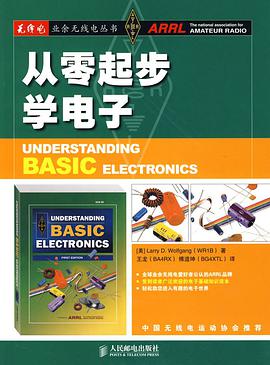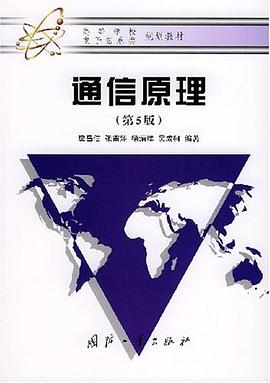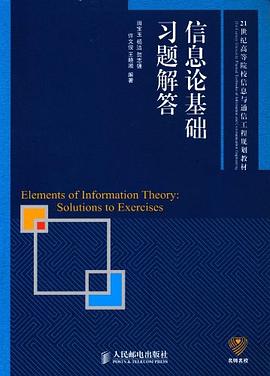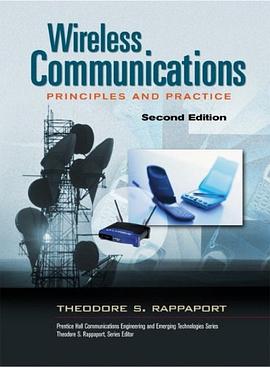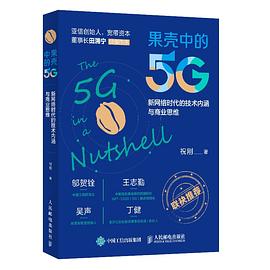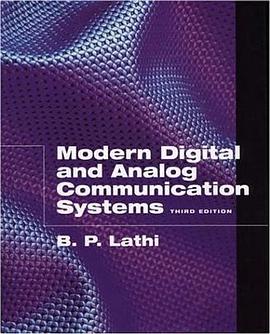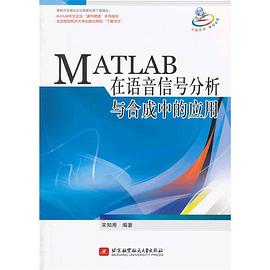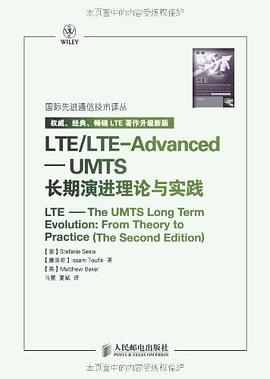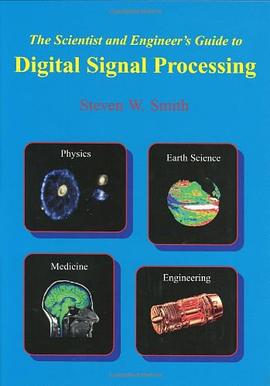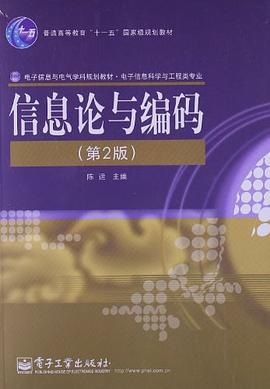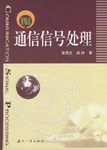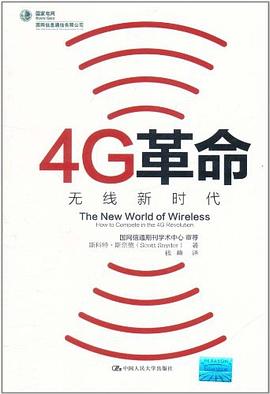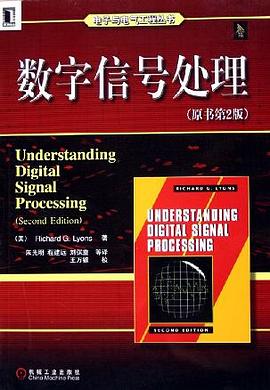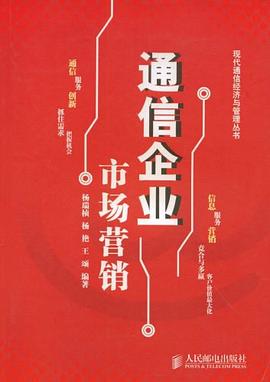

具體描述
Erik Dahlman works at Ericsson Research and are deeply involved in 4G and 5G development and standardization since the early days of 3G research.
Stefan Parkvall works at Ericsson Research and are deeply involved in 4G and 5G development and standardization since the early days of 3G research.
Johan Skold works at Ericsson Research and are deeply involved in 4G and 5G development and standardization since the early days of 3G research.
5G NR: The Next Generation Wireless Access Technology follows the authors' highly celebrated books on 3G and 4G by providing a new level of insight into 5G NR. After an initial discussion of the background to 5G, including requirements, spectrum aspects and the standardization timeline, all technology features of the first phase of NR are described in detail.
Included is a detailed description of the NR physical-layer structure and higher-layer protocols, RF and spectrum aspects and co-existence and interworking with LTE. The book provides a good understanding of NR and the different NR technology components, giving insight into why a certain solution was selected.
Content includes:
Key radio-related requirements of NR, design principles, technical features
Details of basic NR transmission structure, showing where it has been inherited from LTE and where it deviates from it, and the reasons why
NR Multi-antenna transmission functionality
Detailed description of the signals and functionality of the initial NR access, including signals for synchronization and system information, random access and paging
LTE/NR co-existence in the same spectrum, the benefits of their interworking as one system
The different aspects of mobility in NR RF requirements for NR will be described both for BS and UE, both for the legacy bands and for the new mm-wave bands
Gives a concise and accessible explanation of the underlying technology and standards for 5G NR radio-access technology
Provides detailed description of the NR physical-layer structure and higher-layer protocols, RF and spectrum aspects and co-existence and interworking with LTE
Gives insight not only into the details of the NR specification but also an understanding of why certain solutions look like they do
用戶評價
##以下八項參數被視為IMT-2020的關鍵能力: 1) 峰值數據速率 每個用戶(或者設備)在理想條件下可以獲得的最大數據速率(單位:Gbit/s)。 2) 用戶體驗到的數據速率 在信號覆蓋範圍內的任何地點上,移動用戶(或者設備)都能夠獲得的數據速率(單位:Mbit/s或者Gbit/s)。 3) ...
評分##IMT-2020的峰值數據速率應該達到10 Gbit/s。但是,在特定條件和場景下,IMT-2020支持最高達到20 Gbit/s的峰值數據速率。在多種移動寬帶增強(eMBB)的場景下,IMT-2020需要支持不同的用戶體驗到的數據速率。在廣域覆蓋的場景,比如市區和郊區場景,用戶體驗到的數據速率需要達...
評分從5G無綫設計準則到具體標準的製定原由都有比較好的介紹,雖然陷於成書時間,有一些部分沒有涵蓋。但依然不失為目前理解5G無綫技術標準最好的一本書。
評分 評分##5G的目標願景是:信息獲取和數據共享能夠在任何地方anywhere、任何時間anytime和任何物體anything上實現。和現有的4G係統相比,5G係統的技術能力為: 1)單位麵積內的移動數據流量提高1000倍; 2)連接設備的數量提高10倍到100倍; 3)用戶的特定數據速率提高10倍到100倍; 4)對低功耗大規模機器通信設備來說,電池續航時間提高10倍; 5)端到端時延減少5倍; 另外,5G需要剋服的一大挑戰是,上述技術目標必須在與4G係統産不多的成本和能耗效率的前提下實現。 閱讀也是一種通信過程。任何一個成功的通信過程,都是信息接收者能夠準確、快速地完成信息的解碼,閱讀也不例外。如果讀者能夠準確、快速地領會作者想錶達的內容,那麼就是一次成功的閱讀;否則就意味著一次失敗的或者低效的閱讀。由於閱讀是一種單嚮的通信過程,沒有信息反饋...
評分 評分##目前看來,如果隻打算買一本5G的技術書的話,毫無疑問,就是這本書瞭。 秉承作者Dahlman和Parkvall從3G、4G再到5G著作的一貫風格,絕對是一本開捲有益的5G技術書,唯一改變的就是譯者有瞭變化。 附帶說一下,[【讀懂通信】]網站上有我寫的每章的[閱讀心得],【空中接口學園】網...
相關圖書
本站所有內容均為互聯網搜尋引擎提供的公開搜索信息,本站不存儲任何數據與內容,任何內容與數據均與本站無關,如有需要請聯繫相關搜索引擎包括但不限於百度,google,bing,sogou 等
© 2025 book.qciss.net All Rights Reserved. 圖書大百科 版權所有

